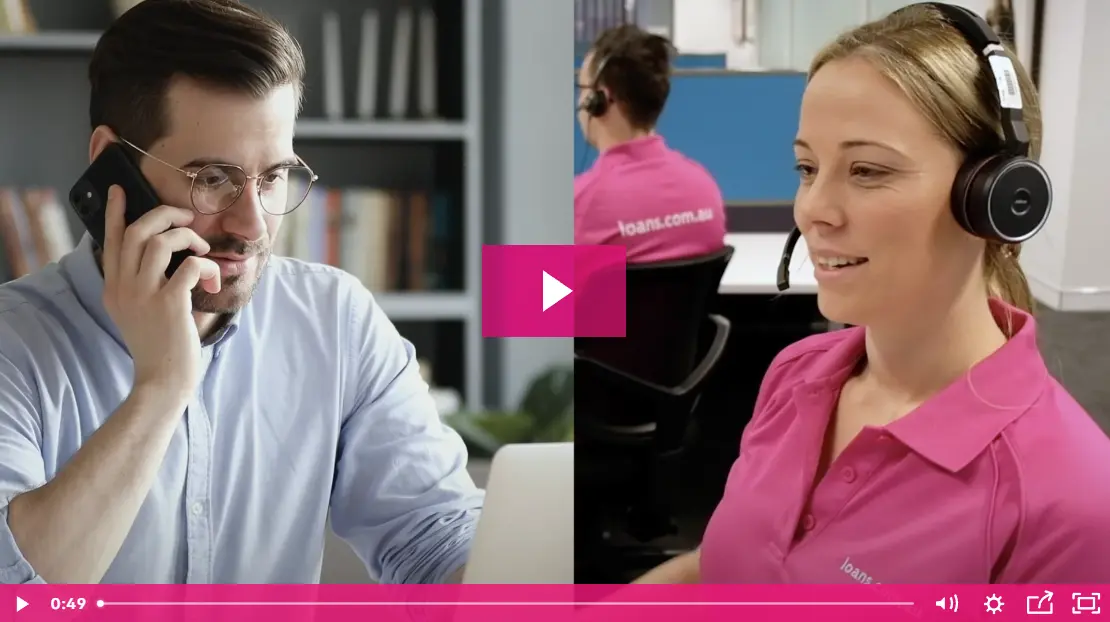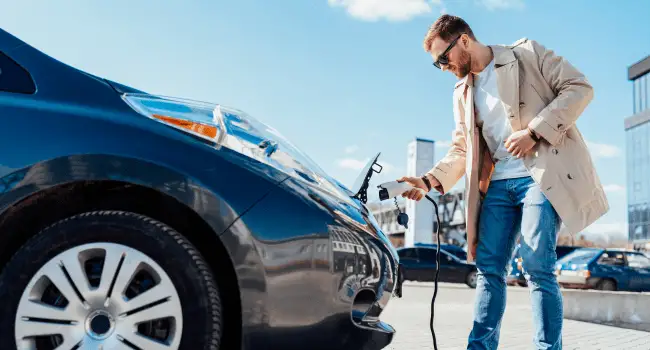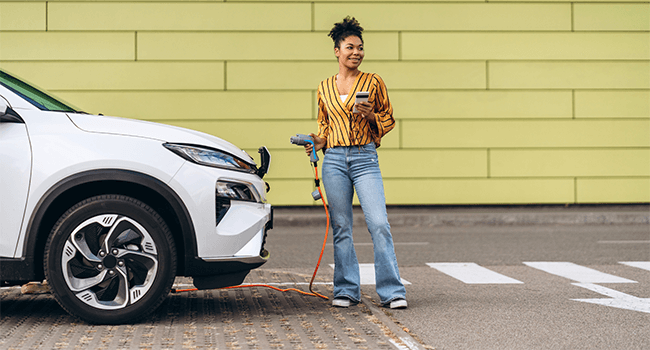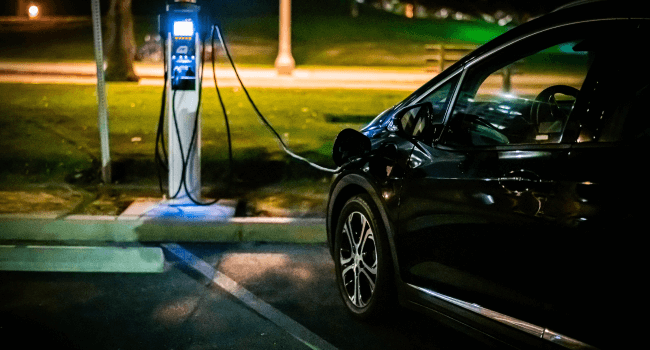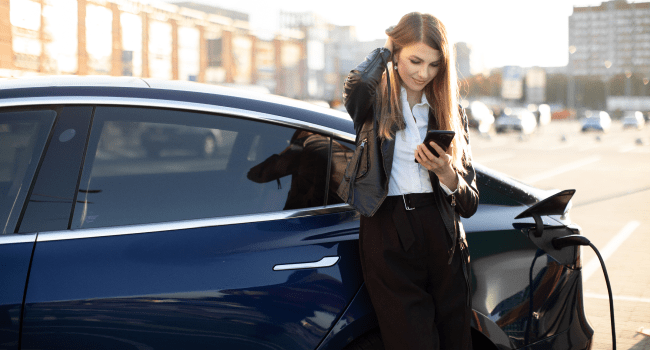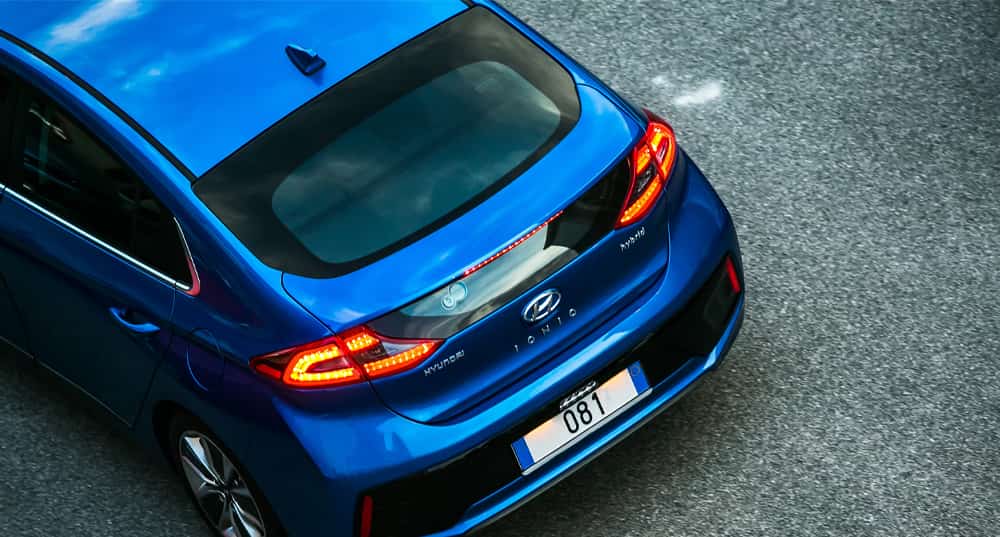Choose a car loan that’s right for you
Are you ready to pay off your car loan sooner?
Enjoy competitive interest rates and useful loan features
Save with our market-first variable rate car loans.
Ready for a new car? We can help
Buying pre-owned? We've got you covered
Why get a quick car loan quote with us?
Quick steps to your personalised rate
Apply anytime and from anywhere
Smart lending to get you moving sooner
Online convenience, local support.

Start now and take the next step towards your new car
Start nowGet a personalised rate and repayment estimate for your car loan by answering a few simple questions. Your rate is tailored to your credit score and the loan details you provide.
Won’t impact your credit score!
No matter the type of car you’re looking for, we’re confident we have an option for you

New & Demo
Demo vehicles acceptable

Used
Used Cars acceptable up to 12 years old

A car loan built for you

What happens once I get my quote?
Start nowWe give you a personalised quote and estimated repayments based on your credit score and the loan details you provide to us - without impacting your credit score.
Knowing your rate and repayments up front means you can shop with confidence, focus on the right vehicle, and move fast when you find the perfect one.
Your personalised quote is valid for 48 hours. We'll then give you a quick call to progress your application so that you can get behind the wheel sooner.
Free guides & reports
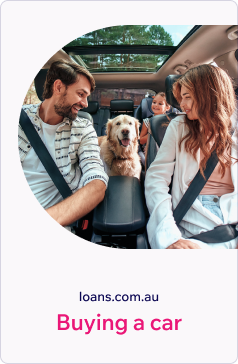
Your guide to buying a car
If you are looking at car finance to purchase your next car and have lots of questions, our guide contains our loan process, what documents you'll need, preapproval, tips and more.

Your guide to balloon payments
Our easy-to-follow guide explains how balloon payments work, what to expect at the end of your loan term, and how it might fit into your car finance plans.
Frequently asked questions
A rate quote is a personalised estimate of the interest rate and repayments you could expect on your car loan, based on the information you provide.
At loans.com.au, getting a rate quote is fast, free, and won’t affect your credit score. It’s a great way to understand your borrowing capacity and also gives you an idea of what your repayments could look like.
Get my personalised quoteA quote is a quick, personalised estimate of your car loan interest rate and repayments based on basic information you provide. It’s an obligation-free quote, doesn't impact your credit score, and helps you understand if you qualify for a car loan.
An application is a formal request for a loan. It involves providing more detailed information and supporting documents. Once submitted, your application goes through a full credit assessment.
A variable rate car loan means your interest rate and repayments can go up or down during the life of your loan, depending on market conditions. This may save you money when rates drop, but repayments may increase if rates rise. A fixed interest rate remains the same for the entire loan term, meaning repayments will always be the same.
Your car lending specialist will confirm your details, answer questions, and guide you through the next steps or you can submit an application online.
To get started with your car loan application, you’ll need to provide a few key documents that help show you're a reliable borrower. These typically include:
-
A copy of the tax invoice or sales contract for the vehicle
-
Proof of income - your two most recent payslips
-
Proof of identity - driver’s license or passport
Of course, we understand that everyone's journey is unique, so it's best to have a chat with one of our lending specialists to find the best loan option for you.
Who is loans.com.au?
loans.com.au is a proudly Australian, award-winning online lender based in Brisbane. Since we were founded in 2011, we have grown to become an industry leader with thousands of happy customers in every state and territory. We are powered by the strength of Firstmac, Australia’s leading non-bank lender.
Why Aussies choose us?
Award winning loans & service
Flexible loan options available
Australian based lending specialist






















